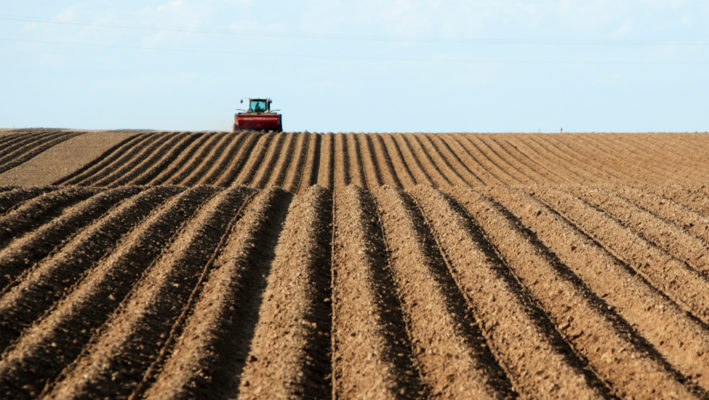UN estimates suggest that by 2050 the global population will have grown to 10 billion, requiring a 70% increase in food production, and subsequent increases in the use of water, energy, and other inputs.
Increases in food production to date have mostly been achieved by increasing yields through higher cropping intensity, the use of nitrogen and phosphate fertilizers, and irrigation. However, yield growth is reaching its limit (Ray et al. 2012), and some intensive farming practices have negative environmental effects such as soil erosion, ground water contamination and loss of biodiversity.
We must find ways to ‘sustainably intensify’ food production to meet future demand, without losing valuable habitats and diversity without producing more greenhouse gases or water pollution, and at the same time reducing our use of inputs such as nutrients, water, energy, capital and land.
Sustainable intensification requires a major rethink of current food production systems; for example, reducing the demand for resource-intensive food such as meat and dairy, utilizing a range of agriculture practices, reducing food waste and improving the political and economic governance of the food system. Plant science can help us to achieve some or even all of these goals; for example, by developing new crops and improving existing ones to have higher yields, increased tolerance to pest and pathogens, increased water and fertilizer use efficiency, and nitrogen-fixing ability.
To do this, we need a pool of genetic diversity from which new and existing crops can be bred. At present we rely on a small number of plant species to provide us with calories, and we utilize only a fraction of the genetic diversity of these species. To meet our future needs, plant researchers will need to document, understand and exploit the wealth of diversity that exist in germplasm banks across the globe to inform future breeding programs.
The Global Plant Council concentrates its activities in this area via the Diversity Seek (DivSeek) initiative.


